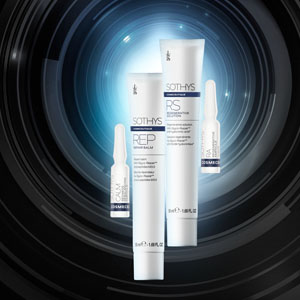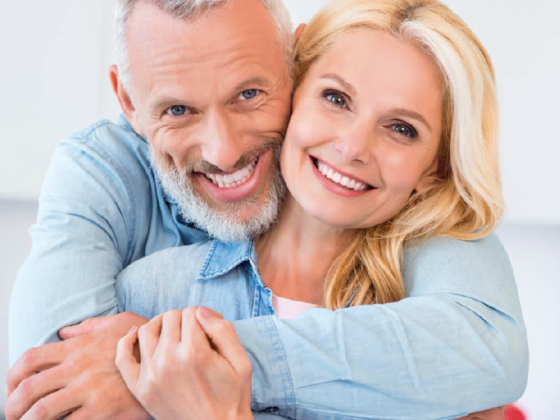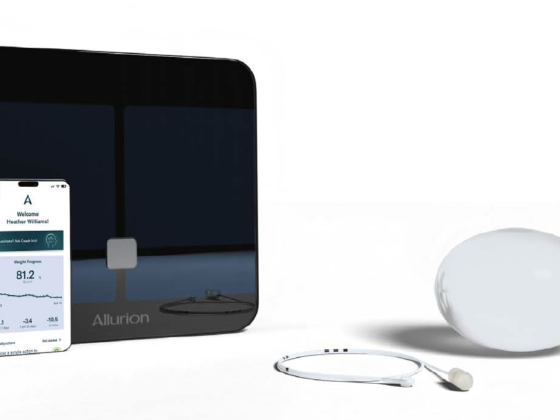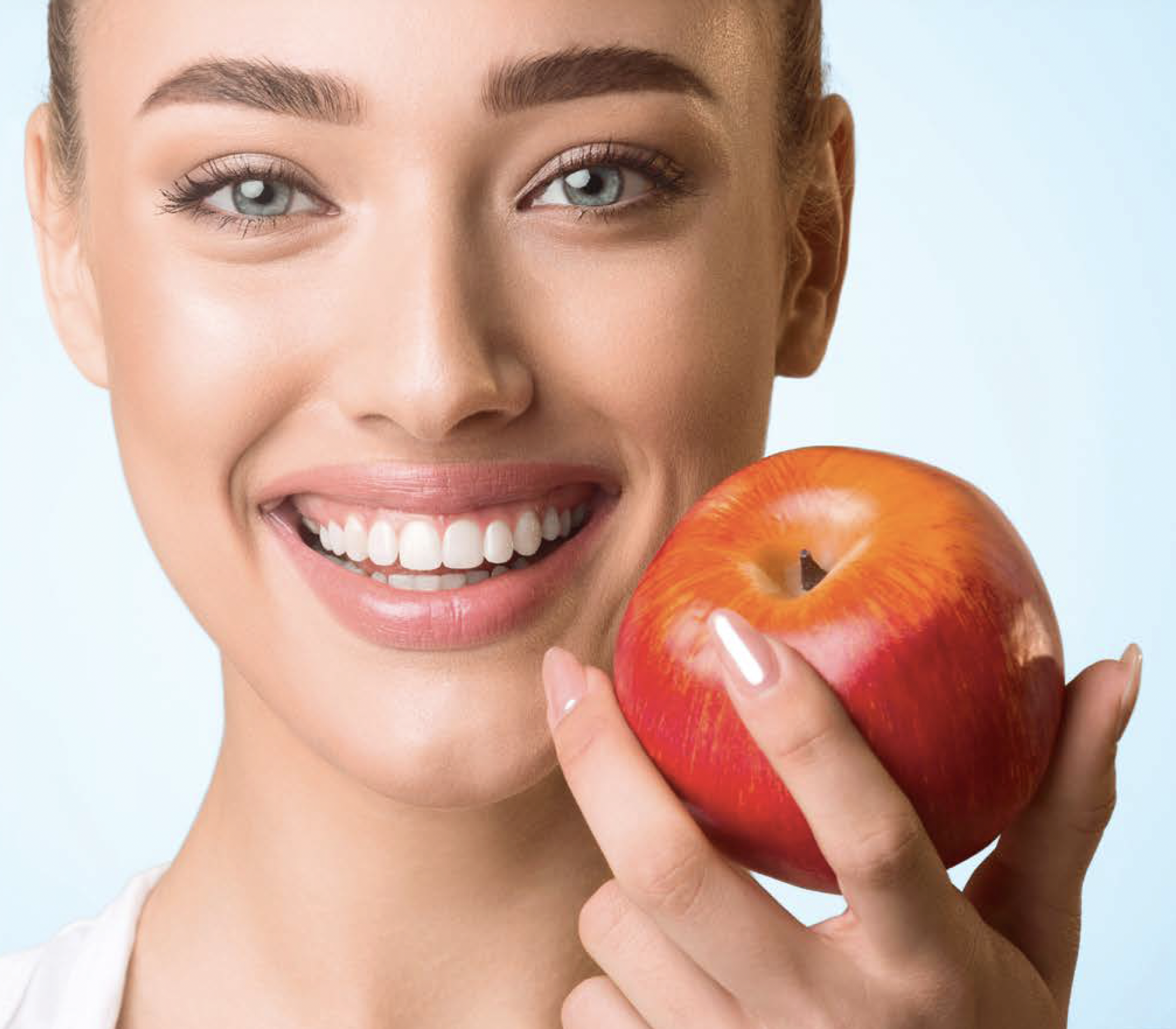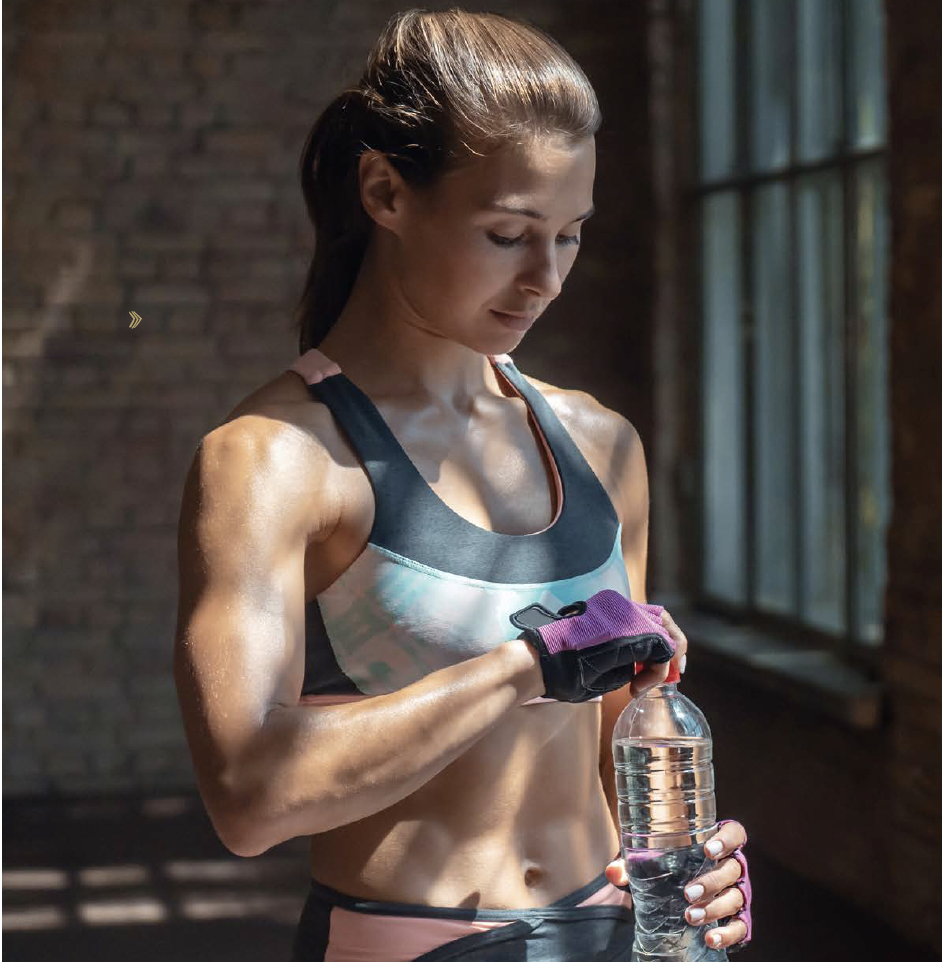By Doctor Jean Marc Chardonneau
A few figures: 18 million people in France suffer from venous disease and women are the most-commonly affected. The prevalence of venous insufficiency increases with age and women are affected at an earlier age than men. 40% of employees suffer from venous insufficiency in their lower members (of which 83% are women).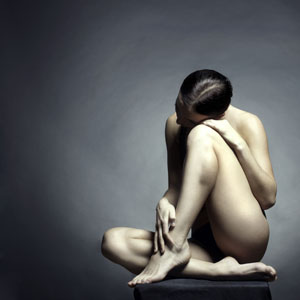
What does the venous system do?
The venous system has several functions. Its main role is to transport blood from the extremities back towards the heart. In order to do this, it has a network of deep veins that collect 90% of the blood and a network of superficial veins. These two networks are joined together by arches (arch of the great saphenous vein and arch of the small saphenous vein) and perforator veins. The second function of the venous system is to regulate the skin’s temperature in all climactic conditions. It is also a reservoir for blood mass: 5 to 6 litres (between 8 and 11 pints) of blood circulate around the body, of which 64% is found in the veins.
How does the venous system work?
In order to transport blood back up to the heart (and therefore combat gravity), the venous system must be driven by pumps. There are four main pumps or forces:
- Skeletal muscle pump in the calf
The muscular system’s force is created by two main things:
The skeletal muscle pumps in the lower members, including the calf muscles (twin and soleus muscles). These muscles contain many veins and make up a reservoir of 70ml. The muscle is covered with a non-elastic membrane, the aponeurosis. When the muscle fibres contract, they squeeze the wall of the veins up against the aponeurosis and force the blood upwards towards the heart. The effectiveness of the muscle contractions greatly depends on the articular state of the ankle joint and, to a lesser extent, the knee joint. Increased adipose tissue in the leg noticeably slows down the work of the skeletal muscle pump. When we walk, with every step the contraction of the calf muscles pushes the blood towards the heart. Anti-reflux valves located inside the veins prevent backflow.
- The plantar venous pump
This pump is activated when we walk as the “plantar venous sole” is squeezed. This is a network of veins located deep within the sole of the foot that makes up a reservoir of 30ml. This explains why the draining action of this venous pump might be be less effective in people who suffer from plantar immobility (hollow feet, flat feet, etc.).
Articular pump in the ankle: Every time the ankle moves, venous blood is pushed up towards the heart. Exercise has a positive effect on the articular pumps’ action. Conversely, if the ankle’s movement is blocked, venous return is slowed. The knee joint also plays a, somewhat smaller, role.
Diaphragmatic pump: The diaphragm, which is a muscle that separates the abdominal cavity from the thoracic cavity, also plays a part in transporting venous blood thanks to its suction system. It particularly comes into play when we are lying down. Every time we breathe, the diaphragm, which is the main muscle used for respiration, rises up and sucks the venous blood up from the feet towards the heart.
What slows venous return down?
Today, numerous risk factors have been identified. In the working environment, these are jobs that require staff to stand for long periods of time, shuffle around or carry loads heavier than 10kg, or jobs that expose them to high working temperatures. Lower down the scale we find having to lean forwards, crouch or kneel down, sitting for long periods of time or not sitting properly in your chair, all of which can hinder venous return. Excess weight and increased adipose tissue in the legs also slows down venous blood flow.
How to boost venous return
Avoid:
- shuffling around for long periods of time
- heat (underfloor heating – exposure to sunlight – saunas and steam rooms – hair removal with hot wax – car heating aimed at your legs, etc.)
- Eliminate anything that slows down venous blood flow:
- Correct any anomalies in your foot arch
- For older people, make sure your ankle joints work properly and fight against muscle wastage
- Avoid wearing clothes that are too tight
- Change your shoes regularly and alternate the height of your heels, avoiding those higher than 3cm (1 inch)
Food hygiene
- Avoid being overweight, as adipose tissue slows down venous blood flow from the abdomen and lower members. Avoid eating too much fat or sugar.
- Fight constipation by drinking enough water and eating a diet that is rich in fibre
- Eat foods that are rich in vitamin E (cereal sprouts, liver, butter), vitamin C (parsley, blackcurrants, oranges, kiwis, pomegranates), vitamin PP (brown bread, almonds, calf’s liver)
At work:
- Change your position regularly and walk around, whether you work sitting down or standing up. This gets the skeletal muscle pump going (by walking at least 7 paces)
- Flex and extend your ankle joints by going up onto your tiptoes for 5 minutes every hour
My advice:
- Do not neglect the importance of wearing suitable footwear, which offers sufficient plantar support
- Wearing compression stockings, tights and socks can help you better cope with prolonged periods on your feet or plane journeys
- Pressotherapy, a treatment which involves placing the legs in large boots filled with air, is very useful for treating venous issues
PHLEBOTONICS: These are effective for functional problems: heaviness, pain, cramps and also swelling
What exercises should I do?
Some straightforward exercises on a regular basis: go up onto your tiptoes and down again, several times in a row, once every hour. If you are sitting down for a long time, flex then stretch the arch of your foot several times. Repeat the exercise throughout the day. Avoid crossing your legs. Flex and extend your feet from the ankles.
The influence of our breathing on venous return can be demonstrated clearly in a Doppler examination. Slow, deep breaths lead to accelerated blood flow in the legs. It is important to know how to breathe using the stomach and the chest. You need to make your abdomen work more as you breathe; you should learn to breathe with your abdominal muscles.
Example exercise:
- Lying down on your back with your knees bent:
- Place your hands gently on your tummy, just over your belly button, and relax
- Breathe in slowly through your nose and allow your stomach to inflate underneath your hands, without breathing with your chest
- Then continue to inhale as you inflate your chest
- Hold your breath for 5 seconds
- Then breathe out slowly, letting the air leave your lungs and flow out through your open mouth
- Try to squeeze your tummy in to force all of the remaining air out of your lungs
What about sport?
The important thing is to do a sport that you enjoy so that you exercise regularly. You need to avoid leading a sedentary lifestyle. Some form of physical exercise once or twice a week is ideal. It is a good idea to do certain sports wearing elasticated compression socks. Sports that are not recommended are those that require bursts of intense effort, prolonged muscle contractions, breath-holding, shuffling steps or jumping on the spot, such as combat sports, handball, basketball, fencing, etc.
Cosmetic doctor and phlebologist. Creator of various different treatments, in particular for cellulite and varicose veins. Hosts numerous professional conferences in France and abroad about medicine, but also about the psychological aspect of relationships in the health industry.



